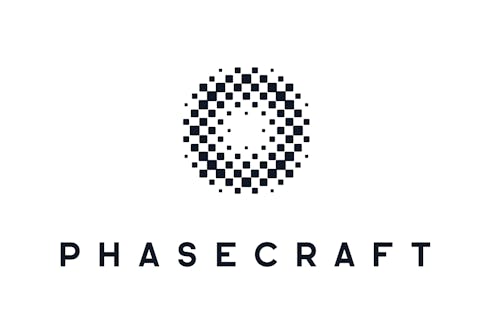Research paper: Predicting parameters for the Quantum Approximate Optimization Algorithm for MAX-CUT from the infinite-size limit

Combinatorial optimization is regarded as a potentially promising application of near and long-term quantum computers. The best-known heuristic quantum algorithm for combinatorial optimization on gate-based devices, the Quantum Approximate Optimization Algorithm (QAOA), has been the subject of many theoretical and empirical studies. Unfortunately, its application to specific combinatorial optimization problems poses several difficulties: among these, few performance guarantees are known, and the variational nature of the algorithm makes it necessary to classically optimize a number of parameters. In this work, we partially address these issues for a specific combinatorial optimization problem: diluted spin models, with MAX-CUT as a notable special case. Specifically, generalizing the analysis of the Sherrington-Kirkpatrick model by Farhi et al., we establish an explicit algorithm to evaluate the performance of QAOA on MAX-CUT applied to random Erdos-Renyi graphs of expected degreedfor an arbitrary constant number of layerspand as the problem size tends to infinity. This analysis yields an explicit mapping between QAOA parameters for MAX-CUT on Erdos-Renyi graphs of expected degreed, in the limitd→∞, and the Sherrington-Kirkpatrick model, and gives good QAOA variational parameters for MAX-CUT applied to Erdos-Renyi graphs. We then partially generalize the latter analysis to graphs with a degree distribution rather than a single degreed, and finally to diluted spin-models withD-body interactions (D≥3). We validate our results with numerical experiments suggesting they may have a larger reach than rigorously established; among other things, our algorithms provided good initial, if not nearly optimal, variational parameters for very small problem instances where the infinite-size limit assumption is clearly violated.

